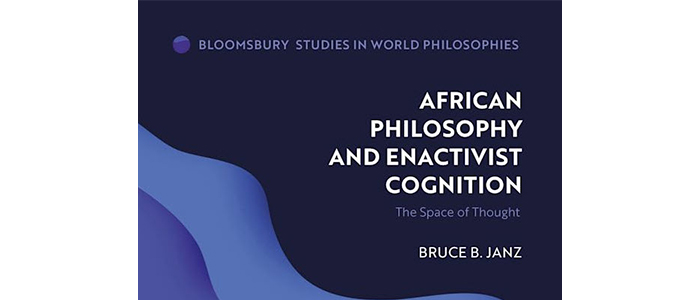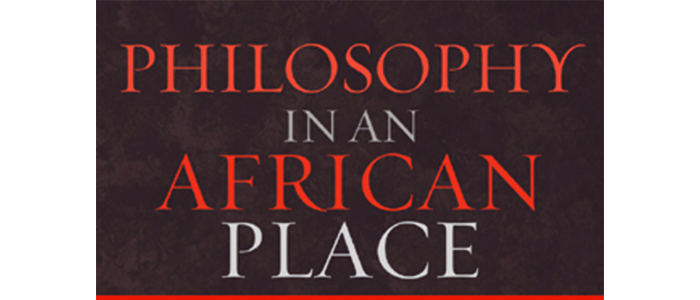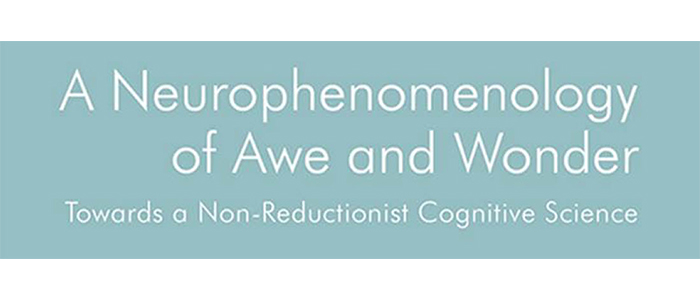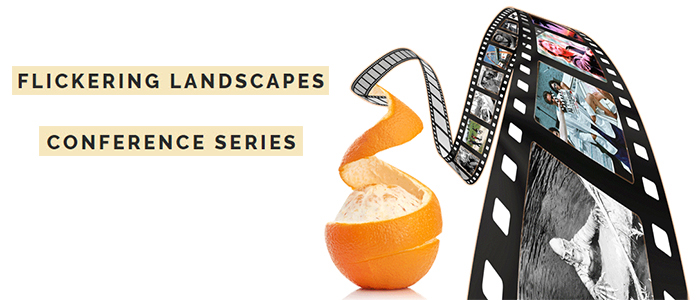I’ve been doing various sorts of online course delivery since the mid-1990s. That’s when Netscape was the only browser. That’s when you had to send your page changes to an IT admin, and wait a couple of days for it to be completed. That was in the HTML1.0 days, before CSS. That was before Youtube, before social media. Heck, it was before Google.
So while I’m glad to see all the first timers get excited about successfully uploading content or making a video of themselves, the excitement seems weird to those of us who’ve been doing it for 25 years. I remember people viewing online delivery with suspicion, assuming that it was an either/or thing, that you either believed in real human contact in a classroom or you had sold your soul and just wanted bells and whistles without any real engagement. We’ve known for a long time that that either/or is crap.
Now, here we all are together, delivering content remotely, discovering what the medium and the platforms do well and what they don’t do well. Maybe we can start having a real conversation about the place of the digital in education, now that everyone has been forced to understand at least some of what it means and what it takes.
I don’t think this is going to herald a great new day for online course delivery systems. I think instead we’re going to have people finally forced to understand that it’s really great for some things, and really terrible for others. Maybe there will be some new innovation. And maybe those of us who have done this for a quarter century will be looked at less as those who commodified education and more as people who have been trying all along to wrestle with the hard problem of how to achieve a real educational experience with a wider range of tools.





